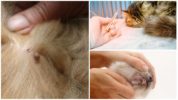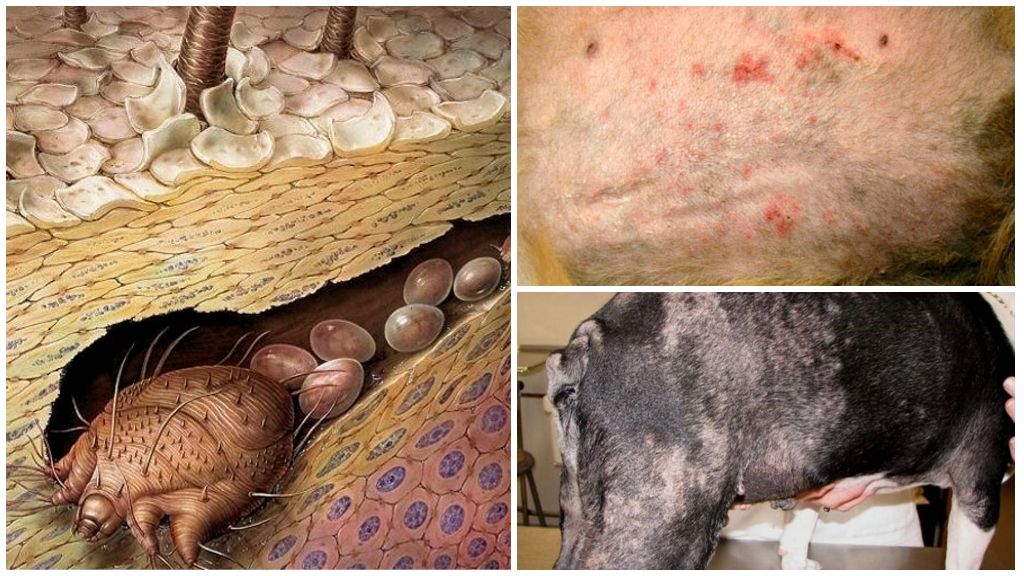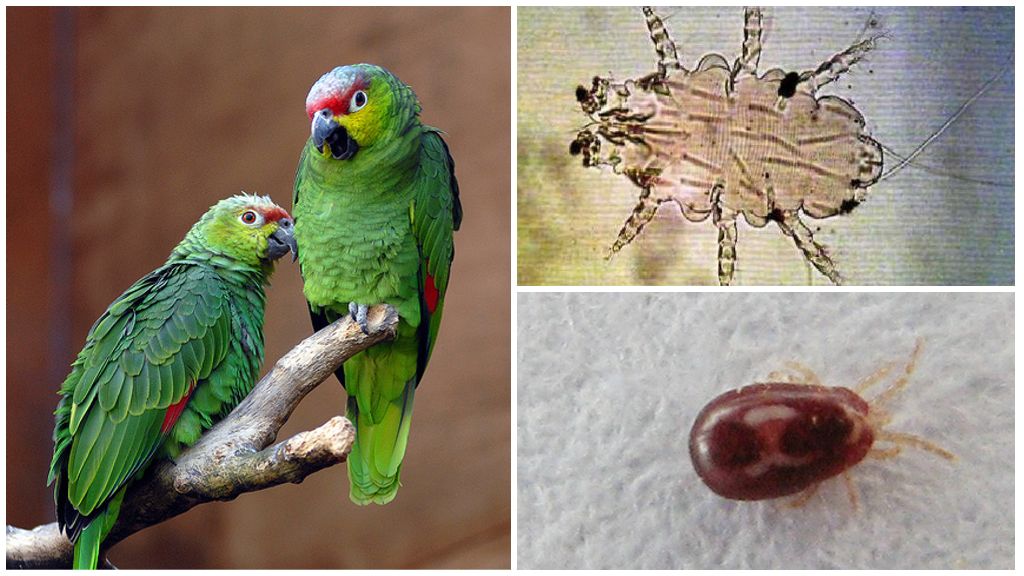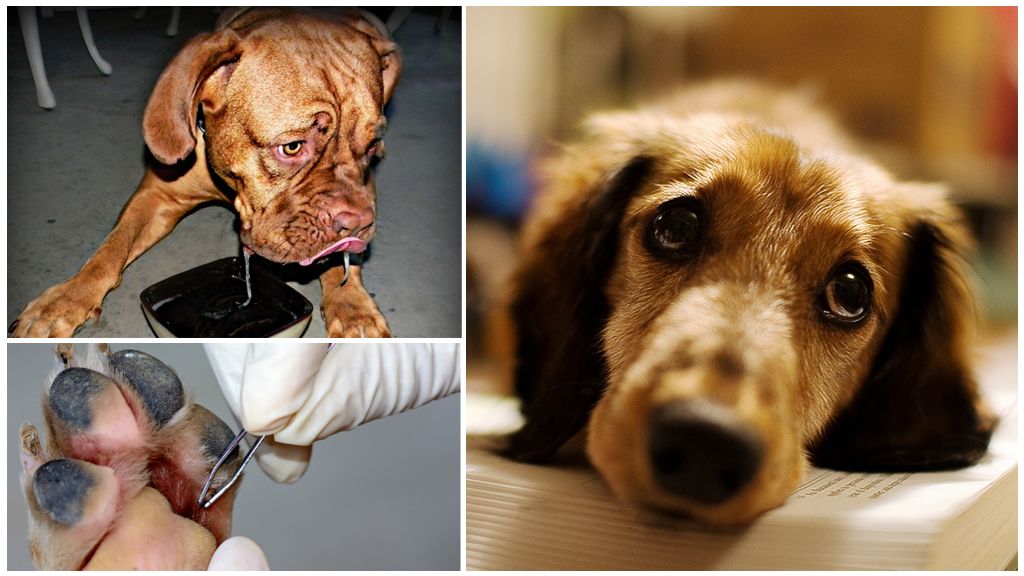- Pyroplasmosis in cats
- Treatment of pyroplasmosis
Pyroplasmosis in cats is a dubious phenomenon. More common dog diseasefeline living in the wild - tigers, leopards, panthers, wild cats in Africa, etc. In pets, the likelihood of developing pyroplasmosis is at 1%. Some experts say that a cat can become infected with a canine parasite. It is hard to say how plausible this theory is.
Do cats suffer from pyroplasmosis?
The causative agent of infection are different types of babesias. In dogs, Piroplasma canis, cows - P. beliceri, H. punctata. A special variety of microscopic pathogens, Piroplasma felis, was isolated in cats.
The size of feline babesias is several times smaller than the canine ones; they are easily confused with other pathological cells in the blood, which makes the diagnosis of the disease difficult. Since the symptoms are similar to other pathologies, veterinarians often diagnose “blindly”, prescribe treatment “at random”.
On a note!
There is no scientific evidence that domestic cats have pyroplasmosis. However, some experts say that this infection occurs in Russia, representatives of the Siamese breed are more often sick, because they have genetically weak immunity. The carriers of infection are ixodid ticks. Babesia enters the body of an animal during a bite through the saliva of a parasite.
Babesiosis in cats
The carriers of the infection are sick animals, ticksHaving drunk blood, they turn into a living reservoir for storing babesias. Microorganisms are localized in arachnid saliva, transmitted to cats through a bite.
The incubation period of pyroplasmosis is 7-14 days. Initially, babesias are localized at the site of the bite, swelling, redness, and inflammation appear. Gradually make their way into the systemic circulation, spread throughout the body. The death of the first pathological microorganisms leads to the development of intoxication, signs of the disease appear.

Symptoms of pyroplasmosis in cats
The clinical picture is blurred, reminiscent of many other parasitic infections.
- decreased appetite;
- lethargy;
- drowsiness;
- dyspnea;
- temperature rise;
- progressive thinness.
On a note!
Babesias destroy blood cells, so yellowness of the eyes appears.
After 5-7 days, the condition normalizes, but repeated symptoms reappear after 2 weeks with renewed vigor. If the immune system copes with pathological microorganisms, the disease stops at this, the manifestations do not repeat.
With further progression of pyroplasmosis in cats, the muscular system, brain, spinal cord, and internal organs are involved in the pathological process. Signs of severe babesiosis:
- labored breathing;
- slow heartbeat;
- blood impurities in the urine;
- cramps, paralysis, paresis;
- vomiting
- diarrhea.
In the absence of qualified therapy, death occurs.
Diagnostics
The fact that cats suffer from pyroplasmosis is often told by veterinarians, forcing pet owners to buy expensive drugs, vitamins, and immunostimulants. You can diagnose the disease using several methods, but the probability of an erroneous verdict takes place, since babesias are similar to other pathogens of various infections.
Diagnostic Methods:
- serological;
- microscopic;
- PCR
Serological, microscopic method is uninformative. PCR determines the genome for a specific pathogen - feline babesias.
Treatment of pyroplasmosis
The main efforts are directed to the destruction of cellular microorganisms, the elimination of symptoms of intoxication. Special drugs from pyroplasmosis are extremely toxic, cause a number of side effects, the cat does not always recover safely.
To specific therapy, be sure to add:
- immunostimulating agents;
- vitamins;
- droppers to remove toxins;
- medicines that improve the work of the heart, liver, intestines, kidneys.

For the treatment of cats from pyroplasmosis, the drug Primakhinfosfar is used. Refers to antimalarial drugs. A sick pet is given 1 mg every 36 hours in 4 divided doses. In the same dosage, Primachinphosphar is given 4 more times every 7 days. At the same time, doxycline is given in a dosage of 5 mg per each kilogram of weight for 21 days.
On a note!
In an Israeli clinic, cats are treated for pyroplasmosis with an i / m injection of imidocarb dipropionate at a dose of 2.5 mg / kg. In parallel, doxycycline treatment is carried out - 10 mg / kg of body weight daily for 20 days.
Prevention
There are no specific prophylactic agents. To avoid the disease, use repellents, tick preparations, collars, folk remedies.
- Drops at the withers. The solution is applied to the skin in a place inaccessible to licking. Rubbed with a finger. Drops begin to act after 24 hours. The effect lasts up to 2 months. Active substances have an insecticaricidal property. Ticks cause paralysis, death occurs after a few minutes. The active components of modern drugs do not enter the systemic circulation, accumulate in the sebaceous ducts, gradually cover the entire coat. Parasites enter the body through contact, food. Ticks fall to the ground after 5 minutes on treated wool. Effective drugs Front line, LeopardBayer Lawyer.
- Spray. It acts like a drop. The processing is carried out in fresh air. The spray is sprayed onto the coat throughout the body. Leave to dry, after 2 hours comb with a comb. The drug is finally absorbed, begins to act in a day. The maximum effect of ticks lasts 1-2 months. Effective drugs Palladium, Beaphar, Sentry, Api-San Dana.
- Collars. Active substances enter the sebaceous ducts upon contact with the skin. 2 hours are distributed throughout the body. Protect cats from ticks from 1 to 6 months. It is necessary to put the collar on the neck of the pet, tighten, cut off the excess part. Effective Bayer Foresto drugs, Beaphar, Hartz.
Essential oils are used as additional protection. Ticks do not tolerate the smell of lavender, citronella, orange, geranium, lemongrass, cedar. You should periodically inspect cats, remove sticky ticks.





